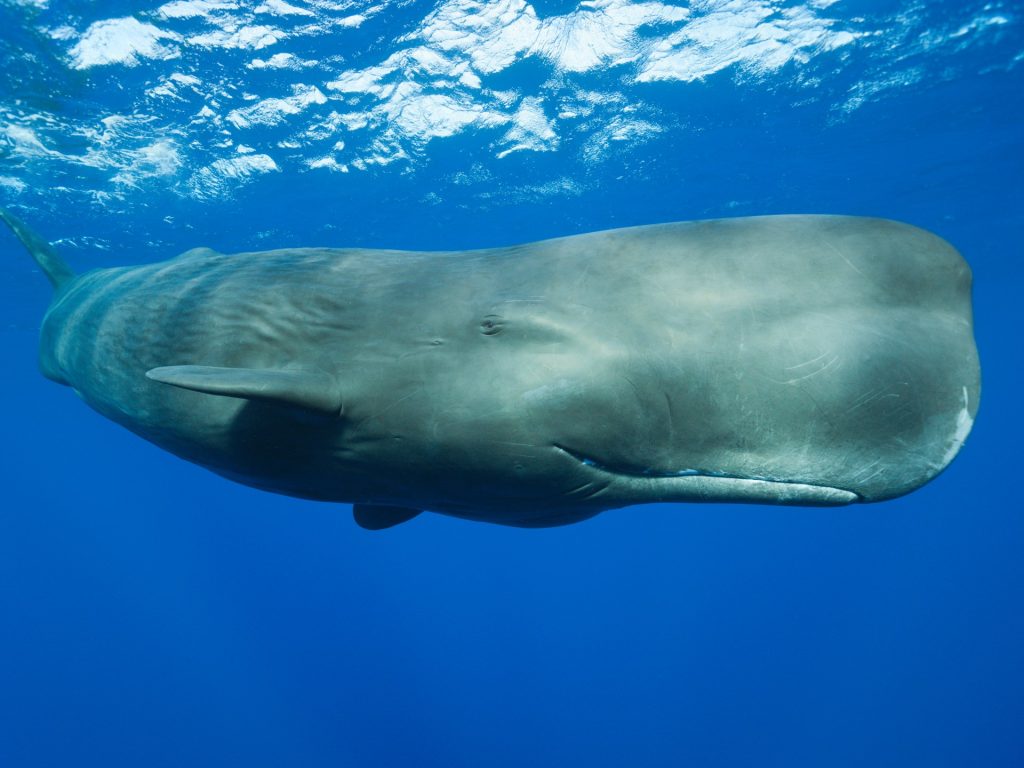A recent study has revealed that sperm whales communicate using a “phonetic alphabet”, similar to the way humans use words and phrases. Conducted by scientists studying sperm whales around the Caribbean island of Dominica, the research showed that these marine mammals produce rapid clicks that can be arranged in sets to form the basic components of language. The study, published in Nature Communications, found that the expressivity of sperm whale calls was larger than previously thought, suggesting that they are capable of sophisticated communication.
Researchers, part of the Project CETI machine learning team, used a giant underwater recording studio with microphones at different depths to study the calls of about 60 sperm whales. By analyzing over 8,700 snippets of sperm whale clicks, known as codas, the scientists identified four basic components that make up a phonetic alphabet for these whales. They believe that these components can be combined in various ways to create an unlimited number of combinations, similar to how humans form words and sentences.
Despite the progress made in understanding sperm whale communication, researchers admit that they do not yet know what the whales are saying. Future studies will focus on studying the calls in their behavioral contexts to gain a better understanding of what the sperm whales might be communicating about. David Gruber, founder and president of CETI, suggests that using artificial intelligence (AI) could help speed up the analysis process, especially with the need for millions or billions of whale codas to collect enough data for a comprehensive understanding.
Sperm whales, known for having the biggest brains of any animal on the planet, live in matriarchal groups and can grow up to 18 meters in length. Classified as “vulnerable” by the IUCN due to centuries of hunting for the oil in their giant heads, these marine mammals have complex social structures. Understanding their communication systems could provide insights into parallels between whale and human language and society. While the idea of communicating with sperm whales is intriguing, researchers caution that more research is needed before determining the feasibility of such interactions.
Jeremy Goldbogen, an associate professor of oceans at Stanford University, praised the new research for its implications in understanding ocean giants and emphasized the importance of using this knowledge for conservation efforts. By minimizing the risk of sperm whales being hit by ships or reducing ocean noise levels, we can better protect these intelligent and socially sophisticated marine mammals. As scientists continue to unravel the mysteries of sperm whale communication, they hope to gain deeper insights into the complex world of these fascinating creatures and their role in the underwater ecosystem.















